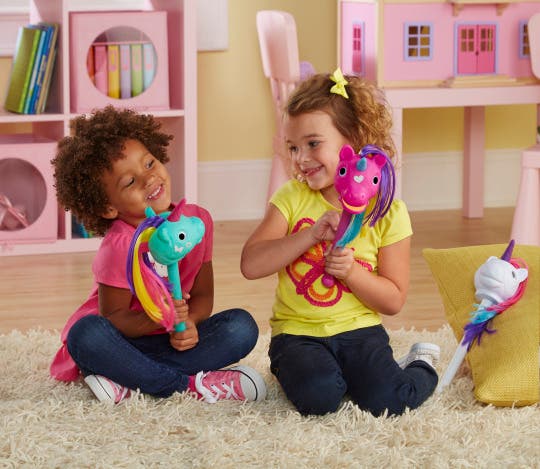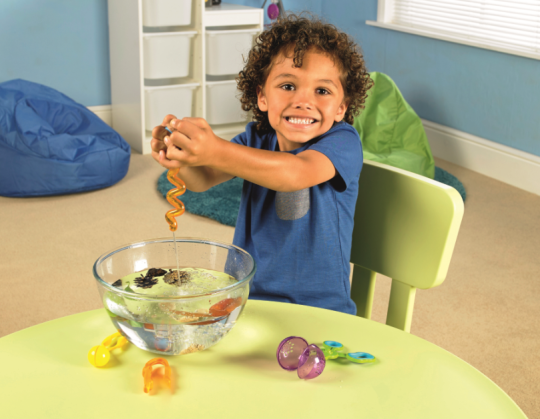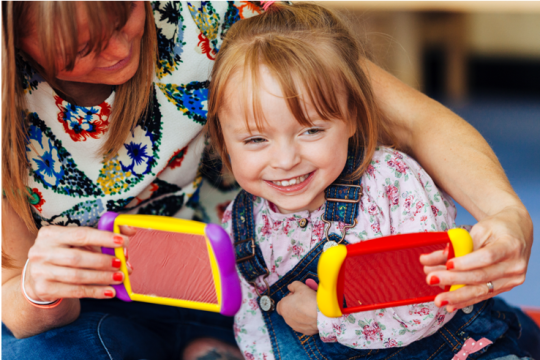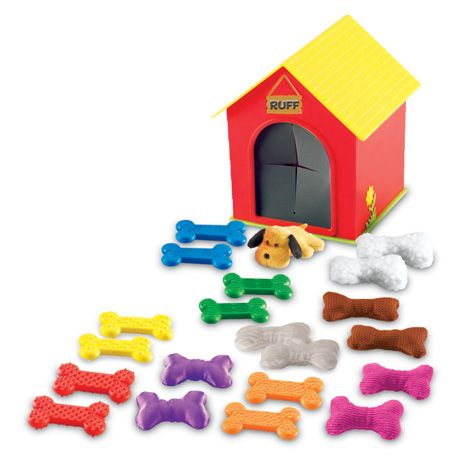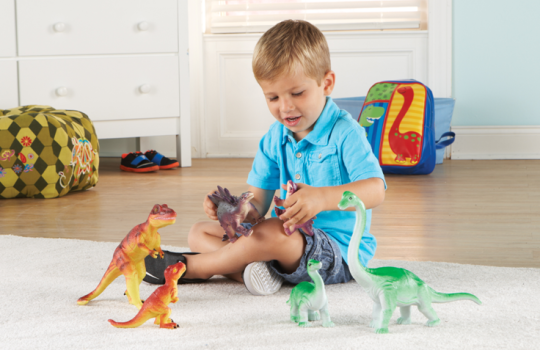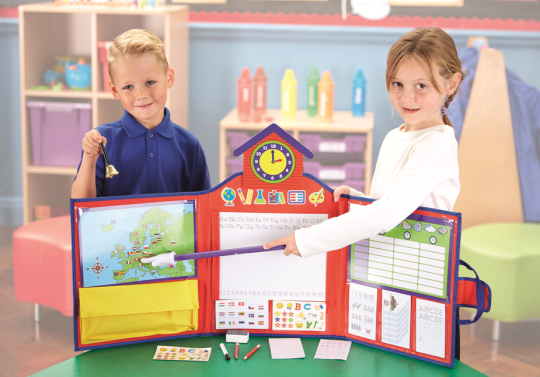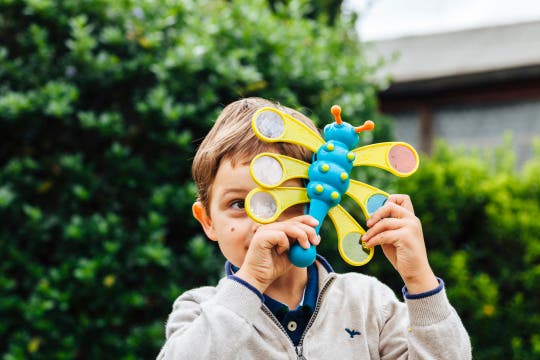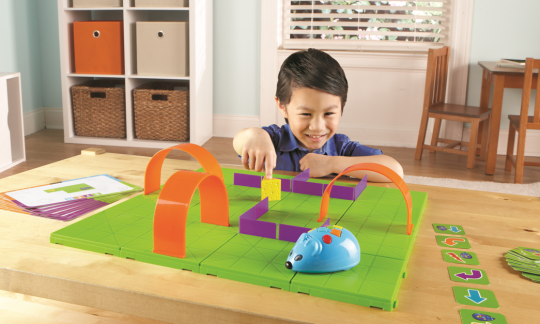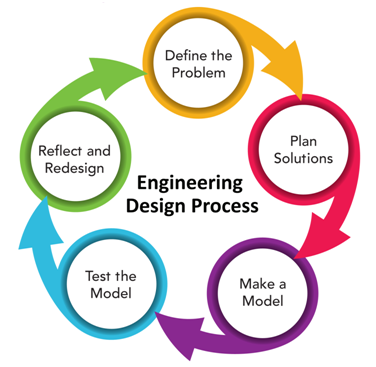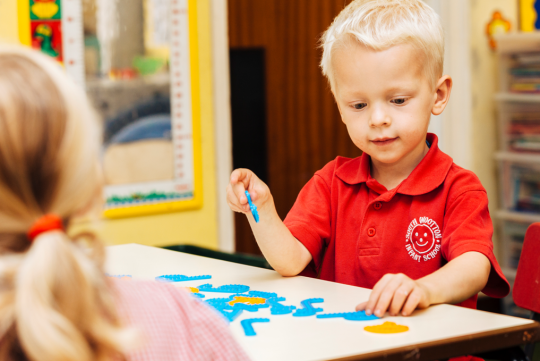How to support your child with learning maths at home
- Margi & Dennis Brown Posted On Apr 1, 2020 | Seasonal Fun
Many parents wonder how to support their children in learning maths at home. Take a look at these simple ideas!
This is a demo store. No orders will be fulfilled.
FREE DELIVERY on all UK online orders over £50!FREE DELIVERY on all UK online orders over £50!
Many parents wonder how to support their children in learning maths at home. Take a look at these simple ideas!
Many parents wonder how to support their children in learning maths at home. Take a look at these simple ideas!
How do you keep little minds thinking mathematically during time at home? There are plenty of options sitting right there in your kitchen, craft box, junk drawer, or recycling bin, all ready for learning opportunities.
The mathematical concept of sorting is a part of people’s everyday lives, no matter the age. “When a child has early interactions and experiences with sorting things into groups, they can better observe how things are alike and how things are different,” explains teacher, Mary Becker. “The more a child sorts, the easier we see them cope with information in our busy world.”
Here are five activities – most with items you have around the house – to practice sorting.
The Bean Sort An alternative use for dried beans. This was a bag of several varieties, but feel free to keep it as simple (sorting, say, three types) or challenging (10 types).


The Rainbow Sort Grab any rainbow-inspired objects from around the house. Here we incorporated the Learning Resources’ Three Bear Family Basic Six Colour Rainbow Counter Set. Using a piece of paper or wipe clean board, draw a rainbow arc. Encourage children to first sort the items together by group, then place them in spectrum colour within the rainbow shape.



The Playing Card Sort Learning how to sort is aces! Get out a deck of playing cards. In mathematical terms, a “set” is a collection of things that share a particular property. Within a deck of cards, there are lots of sets, as well as subsets. First, sort by suit. What about grouping them by the same face amount or numerical order? No matter what you decide, when it comes to playing cards, sorting is the name of the game.




The Jellybean Sort Let’s take our sorting one step further. Grab a bag of jellybeans or Smarties - any kind of multi-coloured food. Using masking tape, create a graph on the table or floor. Give kids a handful of the food of choice and have them place it in labelled columns. A graph is a visual display of quantitative information and learning how to read them leads to a deeper understanding of mathematical concepts.


The Colour and Reading Sort Suited more for early years, have your child place Post-it Notes (no mark!) under the correct column on your wall. Simply write out the colours of the Post-it colours you have and hand your toddler the sticky notes. Reading, sorting, and critical thinking skills all at once!



Happy Sorting!
How do you keep little minds thinking mathematically during time at home? There are plenty of options sitting right there in your kitchen, craft box, junk drawer, or recycling bin, all ready for learning opportunities.
The mathematical concept of sorting is a part of people’s everyday lives, no matter the age. “When a child has early interactions and experiences with sorting things into groups, they can better observe how things are alike and how things are different,” explains teacher, Mary Becker. “The more a child sorts, the easier we see them cope with information in our busy world.”
Here are five activities – most with items you have around the house – to practice sorting.
The Bean Sort An alternative use for dried beans. This was a bag of several varieties, but feel free to keep it as simple (sorting, say, three types) or challenging (10 types).


The Rainbow Sort Grab any rainbow-inspired objects from around the house. Here we incorporated the Learning Resources’ Three Bear Family Basic Six Colour Rainbow Counter Set. Using a piece of paper or wipe clean board, draw a rainbow arc. Encourage children to first sort the items together by group, then place them in spectrum colour within the rainbow shape.



The Playing Card Sort Learning how to sort is aces! Get out a deck of playing cards. In mathematical terms, a “set” is a collection of things that share a particular property. Within a deck of cards, there are lots of sets, as well as subsets. First, sort by suit. What about grouping them by the same face amount or numerical order? No matter what you decide, when it comes to playing cards, sorting is the name of the game.




The Jellybean Sort Let’s take our sorting one step further. Grab a bag of jellybeans or Smarties - any kind of multi-coloured food. Using masking tape, create a graph on the table or floor. Give kids a handful of the food of choice and have them place it in labelled columns. A graph is a visual display of quantitative information and learning how to read them leads to a deeper understanding of mathematical concepts.


The Colour and Reading Sort Suited more for early years, have your child place Post-it Notes (no mark!) under the correct column on your wall. Simply write out the colours of the Post-it colours you have and hand your toddler the sticky notes. Reading, sorting, and critical thinking skills all at once!



Happy Sorting!
READ MOREWhatever your child’s age, bringing maths to life through the subjects they love can open the door to a deeper understanding of the subject.
Whatever your child’s age, bringing maths to life through the subjects they love can open the door to a deeper understanding of the subject.

